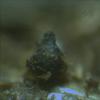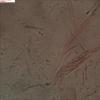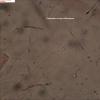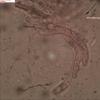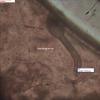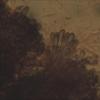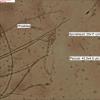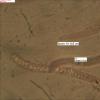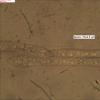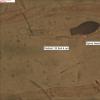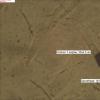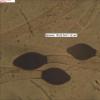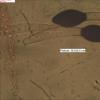
03-02-2014 09:33
 Joop van der Lee
Joop van der Lee
Found on horse dung.Sporehead has one septe and th

03-03-2014 19:08
Gernot FriebesHi, these two Arachnopezizas grew closely together

03-03-2014 22:15
for starters I have these items availablespores 11

05-03-2014 18:40
Ascocarp 1-3 mmin a rural area under Ulmus sp. and

04-03-2014 22:35
Hello,I found this orange fuiting body, 0,8mm, on

04-03-2014 14:55
Gernot FriebesHi,I'm looking for this paper:Voglmayr H., Rossman

04-03-2014 16:20
 Joop van der Lee
Joop van der Lee
Found on deer dung.Fruitbody; yellow; consisting o
Cercophora mirabilis
Joop van der Lee,
03-02-2014 09:33

Found on horse dung.
Sporehead has one septe and the pedicel has three septa.
On top of the asci there was an extension which I did not recognize.
Measurements are presented on the photos
Andrew N. Miller,
03-02-2014 16:07

Re : Cercophora mirabilis or arenicola?
"arenicola" means "inhabitant of, residing on sand" in Latin
Cercophora mirabilis is known for its distinct neck cells on the neck of the ascomata. Crush the neck and you may find them.
Andy
Cercophora mirabilis is known for its distinct neck cells on the neck of the ascomata. Crush the neck and you may find them.
Andy
Joop van der Lee,
04-03-2014 17:15

Re : Cercophora mirabilis or arenicola?
I finally found a fruitbody with mature spores in my opinion all items point to C. mirabilis.
The neck is covered with agglutinated cells.
Asci: not measured
Non-matured spores: 61.5-70x4.5-5 um containing > 20 oildrops (small and large), also covered with Phialides
Sporeheads: at first ellipsodial and finally lemon shaped at maturity 19-22.5x11-12 um.
Pedicel: 35-53x4.5-6.5 um; 3 septae
The neck is covered with agglutinated cells.
Asci: not measured
Non-matured spores: 61.5-70x4.5-5 um containing > 20 oildrops (small and large), also covered with Phialides
Sporeheads: at first ellipsodial and finally lemon shaped at maturity 19-22.5x11-12 um.
Pedicel: 35-53x4.5-6.5 um; 3 septae
Andrew N. Miller,
06-03-2014 17:31

Re : Cercophora mirabilis or arenicola?
I would call this Cercophora mirabilis.
Andy
Andy
